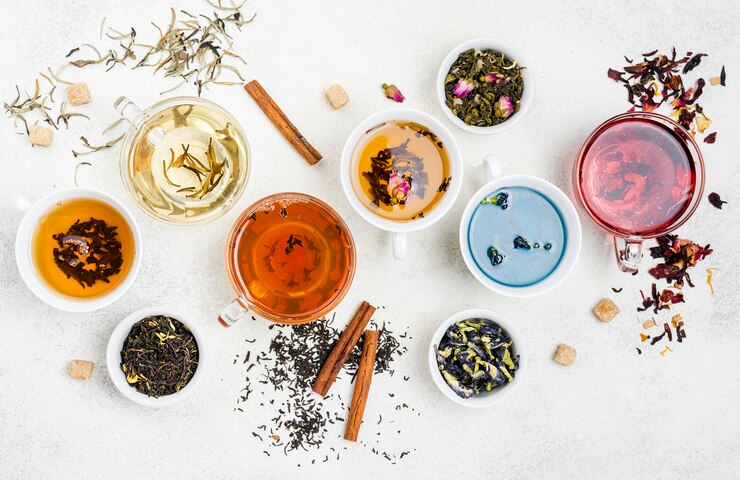
Welcome to 2023! To kick off the year, I’m excited to explore one of my favorite adaptogens: maca. It’s got a lovely, sweet caramel taste that pairs perfectly with chocolate in recipes like Chocolate Maca Avocado Pudding, as well as in healing drinks, smoothies, baked goods, and desserts. Adding adaptogenic herbs to your daily routine is an excellent way to support your body and hormonal health for a vibrant year ahead.
This post will delve into everything you need to know about maca, including its definition, four fantastic health benefits, tips for choosing the right maca for you, and delicious recipes to naturally boost your health.
What is Maca?
Maca, scientifically known as Lepidium meyenii, is a biennial plant (harvested every two years) that grows in South America, particularly in Peru and Bolivia. It thrives at high elevations in the Peruvian Andes, between 8,000 and 14,500 feet, and we mainly use its root, which resembles a turnip. Often called Peruvian ginseng, maca is known for its impressive health benefits, from balancing hormones and enhancing fertility to aiding the body’s stress response.
Incan warriors historically used maca to boost their strength and endurance in battles. Recently, it’s become a popular adaptogen in wellness circles. While people in the Andes have been consuming the entire plant for thousands of years, including its tasty leaves, in North America, maca is generally found as a dried and powdered supplement. It’s a rich source of amino acids, vitamins, minerals, and antioxidants, making it an excellent addition to your diet.
What Are Adaptogens?
Adaptogens, like maca, are natural substances in herbal medicine that help the body adapt to stress and normalize bodily functions without being toxic or habit-forming. They mainly affect the endocrine system, particularly the adrenal glands, but some can work on other organs. Maca is especially beneficial for addressing sex hormone imbalances by influencing the hypothalamus and pituitary glands, which control the entire endocrine system, ensuring balanced hormone production.
I’ve mentioned other herbs that help with stress and relaxation, and while some adaptogens might not provide instant relief, they offer long-term support for your body, particularly the adrenal glands. Regularly incorporating adaptogens can help improve your resilience over time. For the best results, consider taking them daily as a tonic or mixing them with calming herbs in a relaxing tea.
Are There Different Types of Maca?
Maca comes in various colors, from yellow or cream to red or purple, even dark blue-black. Researchers are exploring whether these colors have distinct health benefits, but the science is still developing. General recommendations suggest yellow maca for boosting libido, red maca for its high amino acid content to enhance strength and stamina, and black maca for balancing hormones and supporting immunity and digestion.
Although the scientific findings aren’t conclusive, it’s more important to choose organic maca and a type that suits you best. Keep reading for more details on the different forms to look out for.
Top 4 Health Benefits of Maca
1. May Enhance Fertility
Maca might be helpful for boosting fertility in both men and women. In men, studies have shown that taking maca can increase sperm count and motility. In women, maca, combined with other herbs, has been found to regulate the menstrual cycle and increase the chances of pregnancy. However, due to insufficient research, it’s best to avoid maca during pregnancy and breastfeeding.
2. Can Help with Menopausal Symptoms
Menopause can bring symptoms like hot flashes, mood swings, and decreased energy. Research indicates that women taking maca experienced reduced psychological symptoms like anxiety and depression during menopause.
3. May Boost Libido
Many people experience a drop in libido due to daily stress. Maca can be a natural way to enhance sexual desire and satisfaction, as studies have shown its effectiveness in improving sexual function in both men and women.
4. May Increase Energy and Mood
Adaptogens like maca can elevate mood and energy levels by helping the body adapt to stress. Some studies indicate that red maca can slightly better enhance mood and energy, while black maca can help regulate blood sugar levels.
Raw vs. Gelatinized Maca: Which is Better?
When shopping for maca, you might see both raw and gelatinized forms. Raw maca is dehydrated at low temperatures, retaining all its natural components, including starches, which can cause digestive issues for some. Gelatinized maca has been cooked to remove starches, making it more digestible and a concentrated source of nutrients. Choose according to your digestive health and specific nutritional needs.
For easier digestion and absorption of beneficial compounds, consider fermented maca if available.
One of my favorite ways to enjoy maca is in a warm, comforting Maca Hot Chocolate. It’s the perfect elixir for a chilly day. I hope this guide inspires you to include maca in your routine for better resilience and hormone balance.
Take care, Joy


